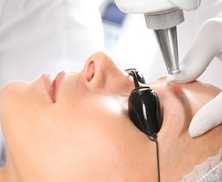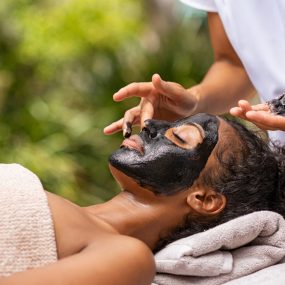Age spots are also commonly referred to as liver spots or sun spots; the latter is probably the most appropriate name for them, as the sun can play a huge role in making melanocytes behave irregularly.
Melanocytes are the skin cells that stimulate the production of melanin, which is the pigment that gives your skin its colour. Their activity is stimulated by sunlight, and they produce melanin in order to protect the skin from further sun damage. The idea is that the darker pigments in the skin will absorb the sun’s rays and reduce the damage inflicted.
When the skin is not protected from the sun, too much melanin can be produced, causing patches of hyperpigmented skin to appear over the years. New areas can form and existing ones can darken. Such ‘age spots’ are often found on those areas of skin that are most exposed to the sun’s rays: the hands, face and neck.
These spots can be terribly ageing and are a very visible demonstration of the damage sustained by the skin over the years. While the sun may not be the only cause, it is a major one, although it can be controlled with the right sunblock protection.































